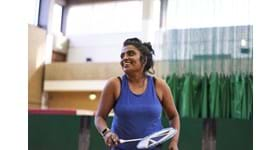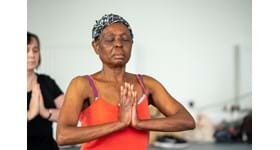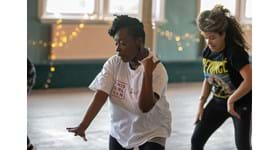Search Results For Data and learning
Data and learning: Ethnicity
We know that there is a difference in activity levels between ethnicities, resulting in health inequalities. Those of South Asian or Black ethnicities are reported as less active than other ethnicities. In some ethnicities there is a larger gap in the activity levels of men and women than others, for example, women from White backgrounds are more likely to be active compared to people from Asian and Black backgrounds. It’s important for us not to group all people from Black and minority ethnic backgrounds together; a range of interlinked, and compounding, social, cultural and economic factors are at play. Here you will find the latest research related to the physical activity and sport levels, motivations and barriers of those from BAME communities.
6 results found

A detailed breakdown of the latest Active Lives research from Sport England exploring the differences in activity levels by ethnicity across Greater Manchester.

A detailed breakdown of the latest Active Lives research from Sport England exploring the differences in activity levels by ethnicity across Greater Manchester.

A detailed breakdown of the latest Active Lives research from Sport England exploring the differences in activity levels by ethnicity across Greater Manchester.

A detailed breakdown of the latest Active Lives research into the difference in activity levels across ethnicities in Greater Manchester.

The Chief Medical Officer states that UK adults should do 150 minutes, or more, of activity per week. That’s a little over 20 minutes per day, on average, and can take any form to suit age, ability, and preferences. However, in Greater Manchester, there’s a big variation in activity levels across different ethnic groups.

GreaterSport have worked with Sporting Equals to understand BAME (Black, Asian and Minority Ethnic) Groups’ activity levels, attitudes, motivations and barriers to sport and physical activity across Greater Manchester. Both organisations felt it was important to share some of the key findings.